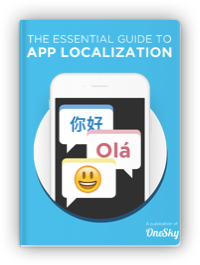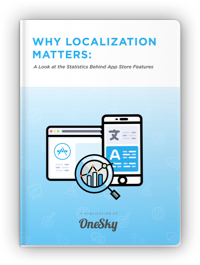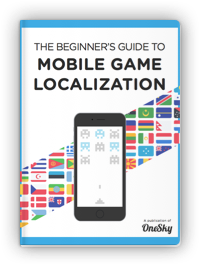How AI & Agentic AI Are Transforming Product Localization
What Is Product Localization?
Product localization is the process of adapting a product to a specific culture, language, and regulatory environment.
It’s more than language translation; it’s about making your product feel native and relevant.
Traditional Localization
Historically, companies employed human translators, cultural experts, and legal advisors.
Processes involved:
- Translating content
- Adjusting design elements, visuals, and layout
- Ensuring legal compliance
- Testing and quality assurance
This process, while accurate, could be lengthy—taking weeks or months—and costly, especially for companies with many SKUs or markets.
Modern Localization
Today, businesses need rapid, scalable, and high-quality localization.
They expect:
- Content to update instantly
- Personalization based on regional preferences
- Consistent branding across markets
- Cost-effective workflows
AI-driven localization is making this possible with vastly improved speed and flexibility.
The Rise of AI in Localization
Let’s briefly look at how AI has evolved in this space:
| Stage | Key Capabilities | Limitations |
|---|---|---|
| Early Rule-Based Systems | Followed fixed rules for language processing | Rigid, limited understanding of context |
| Statistical Machine Translation | Used data-driven models for translation | Inconsistent quality, limited cultural nuances |
| Neural Machine Translation (NMT) | Deep learning models for fluent translation | Still struggles with idioms, slang, context |
| Automated Post-Editing | Improve machine translations with AI adjustments | Manual oversight still needed |
| Current AI Systems | Large datasets, feedback-based learning | Often still imperfect, require human oversight |

Enter Agentic AI: The Next Level
Traditional AI systems are reactive—they generate content or translations based on inputs.
Agentic AI, by contrast, is proactive, autonomous, and goal-oriented.
What Makes Agentic AI Unique?
- Decision-Making Power: They independently choose what to do next.
- Continuous Learning: They improve with exposure to new data, feedback, and market shifts.
- Multi-Agent Collaboration: Several AI agents work together, each specializing in a task, to achieve complex objectives.
- Self-Adaptation: They adjust content, messaging, and strategies dynamically based on real-time data.
Imagine a digital team working around the clock to localize and optimize your product—without delays or micromanagement.
How does it work?
- Data ingestion from social media, customer reviews, market reports.
- Content creation—translating, transcreating, and localizing text, images, and videos.
- Real-time updates—changing content as trends or regulations evolve.
- Feedback learning—making the system smarter over time.
In essence, agentic AI functions as a strategic, autonomous partner that manages the localization lifecycle end-to-end.
Why Agentic AI Is a Game-Changer for Product Localization
| Aspect | Traditional Approach | With Agentic AI | Why It Matters |
|---|---|---|---|
| Speed | Manual translation + review | Instant updates at scale | Faster launches, rapid response to market changes |
| Cost | High labor costs for translation and review | Significant reduction in manual effort | Greater ROI with less overhead |
| Cultural Fit | Surface translations, manual cultural checks | Deep cultural understanding, real-time adaptation | Content feels natural and resonates with local audiences |
| Agility | Fixed workflows, lengthy cycles | Dynamic, live content updates based on data | Stay ahead of competitors by responding instantly |
| Quality | Human oversight, post-translation reviews | Continuous learning improves accuracy | Consistently high standards in every market |
Agentic AI transforms localization from a reactive, slow process into a proactive, intelligent, and continuous operation that helps brands move faster and connect more authentically with global consumers.
How Does Agentic AI Power Localization?
Let’s break down how this advanced AI system operates step-by-step, in simple terms:
| Step | What AI Does | Support from Humans | Why This Is Important |
|---|---|---|---|
| Data Collection | Gathers product info, customer feedback, market trends | Curators review and ensure data quality | Ensures AI works with accurate, relevant info |
| Content Drafting | Translates, adapts, and localizes content | Human experts review and refine | Adds cultural nuances and brand voice |
| Content Deployment | Updates website, app, and marketing messages automatically | Oversight for critical content | Ensures compliance and quality |
| Real-time Adjustment | Changes content dynamically based on customer reactions, social trends | Final approval of strategic updates | Keeps content fresh and relevant |
| Performance Monitoring | Tracks engagement, sales, feedback | Analyzes data to learn and improve | Enables smarter future localization efforts |
Imagine this system working continuously:
It’s like having a global team of language and culture experts working 24/7, supported by smart machines that learn and improve over time.
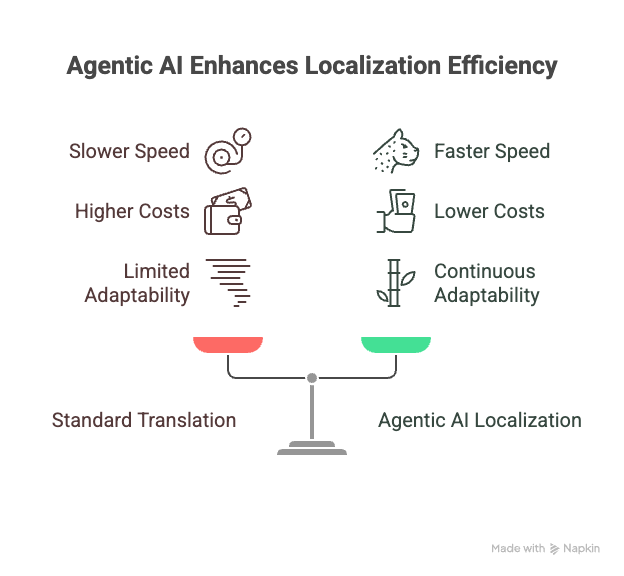
Why Is This Important?
Global markets are more connected and dynamic than ever.
Consumers expect brands to understand their local culture, language, and community.
Failure to do so risks alienation or missed opportunities.
Consider this:
According to a recent report from Harvard Business Review, companies leveraging autonomous AI for localization doubled their speed of content updates, reduced costs by up to 50%, and saw significant increases in customer satisfaction.
More companies are realizing that standard translation methods can’t keep pace with digital commerce’s speed and complexity.
Agentic AI offers a strategic advantage— enabling brands to scale quickly, adapt continuously, and localize deeply.
AI-Led Product Localization Use Cases — At a Glance
| Area | What AI Does | Key Benefit | Example |
|---|---|---|---|
| Content Translation | Automates translation of product descriptions, manuals, UI | Faster, cheaper, consistent localization | Launches new product pages in multiple languages instantly |
| Content Updates | Continuously refreshes content based on trends, feedback | Keeps content relevant and accurate | Updates seasonal promotions in real time |
| Cultural Adaptation | Customizes messaging, imagery, and offers per market | Increases relevance and engagement | Localizes marketing campaigns with region-specific idioms and visuals |
| Customer Support | Localizes FAQs, live chat scripts, and support articles | Enhances customer experience | Offers region-specific support content without manual effort |
| Legal & Compliance | Ensures labels, packaging, and policies meet local laws | Reduces delays and legal risks | Changes product labels automatically for different jurisdictions |
| Product Information | Localizes technical specifications and user manuals | Improves usability in each market | Automatically translates user guides with cultural nuances |
| Marketing & Campaigns | Adapt ads, landing pages, email content dynamically | Boosts conversion and brand connection | Launches regional promotions aligned with local festivals |
Overcoming Common Challenges in AI Localization
| Challenge | Quick Solution | Key Insight |
|---|---|---|
| Data Privacy & Security | Use secure, compliant platforms; restrict access; perform regular audits | Protect customer data, meet legal standards, and build trust. Proper safeguards prevent costly breaches. |
| Cultural & Bias Risks | Review outputs frequently; use diverse, representative datasets | Ensures content respects local norms and avoids stereotypes that can harm your brand’s reputation. |
| Quality & Consistency | Use style guides, glossaries, and human reviews for critical content | Maintains your brand voice and accuracy across markets, boosting customer confidence. |
| System Integration | Choose solutions with strong APIs; plan phased rollouts | Seamless integration prevents delays and ensures reliable, scalable content updates. |
| Internal Resistance | Communicate benefits; involve teams early; provide training | Builds trust and engagement—show AI as an empowering tool, not a threat. |
| Data Quality | Keep datasets clean, current, and comprehensive | Good data improves AI accuracy, making localization faster and more culturally aligned. |
| Proving ROI | Start small, measure KPIs, show quick wins | Demonstrates value early, reduces risk, and encourages broader AI adoption. |
Our Insider Tips:
- Prioritize data quality: Accurate, diverse data makes the difference.
- Involve cultural experts: Their insights ensure authenticity.
- Run pilots first: Small projects reduce risk and clarify ROI.
- Communicate benefits: Help internal teams see AI as a helpful partner.
- Regularly evaluate: Use data and feedback to improve systems over time.
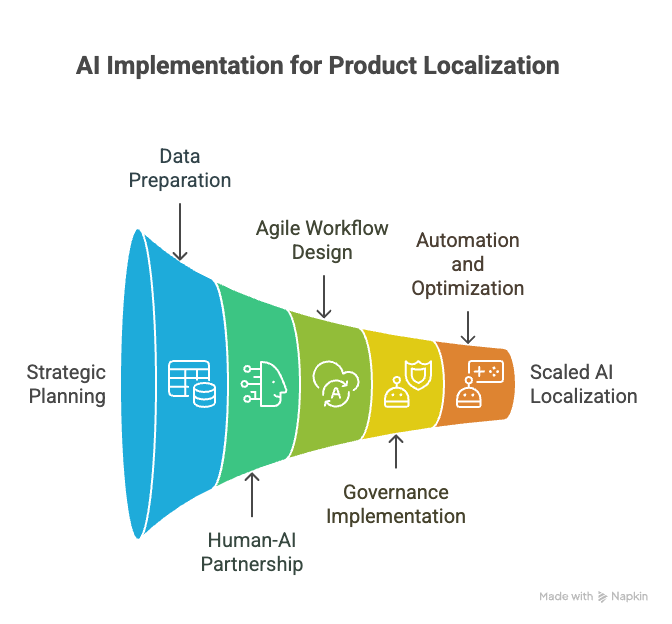
How to Implement AI & Agentic AI for Product Localization: A Practical Step-by-Step Guide
Implementing AI—especially agentic AI—for product localization can revolutionize your global expansion.
To do it successfully, follow this structured approach:
Step 1: Set Clear Goals and Measure Success
Start with what you want to achieve:
- Speeding up product launches
- Improving translation and content quality
- Reducing costs
- Increasing cultural relevance
Action items:
- Define measurable KPIs:
- Time-to-market reduction
- Accuracy of translations and localization
- Customer engagement rates
- Error or rework rates
- Use data to track progress and continuously optimize your AI systems.
Example: If your goal is to reduce time-to-market, measure how quickly products are launched after implementing AI tools.
Step 2: Prepare and Maintain High-Quality Data
Data is the foundation of effective AI.
Action items:
- Collect all existing language assets:
- Translation memories (TMs)
- Glossaries with brand-specific terminology
- Cultural insights and style guides
- Clean and organize datasets:
- Remove outdated or inconsistent info
- Standardize terminology and style
- Regularly audit datasets:
- Detect and eliminate biases
- Add new regional slang, idioms, and cultural references
Tip: Well-organized, rich datasets enable AI to produce accurate and culturally appropriate content.
Step 3: Foster a Human-AI Partnership
AI is a powerful tool, but human expertise is crucial.
Action items:
- Assign cultural and linguistic experts to review AI outputs.
- Use AI as an assistant, automating repetitive tasks like initial translations and content updates.
- Train your teams to collaborate effectively with AI systems for final validation, cultural nuance, and strategic oversight.
Remember: Human review ensures content integrity, avoids cultural faux pas, and maintains brand voice.
Step 4: Design an Agile, Iterative Workflow
Start small, learn fast, then scale.
Action items:
- Pilot AI localization in a limited product line or specific market.
- Collect real-time feedback on content quality, speed, and customer responses.
- Refine AI models based on this feedback.
- Gradually expand the scope as confidence and results improve.
Example: Launch AI-backed localization for a single product category, evaluate KPIs, then roll out to others.
Step 5: Implement Strong Governance & Ethical Standards
AI deployment must prioritize transparency, privacy, and bias mitigation.
Action items:
- Establish policies for data privacy compliant with regulations like GDPR.
- Set standards for detecting and reducing bias in AI outputs.
- Regularly review localized content for cultural and legal appropriateness.
- Communicate openly with stakeholders about AI’s capabilities and limitations.
Tip: Build trust with your customers and internal teams by practicing transparency and ethical AI use.
Step 6: Automate & Optimize with Feedback Loops
Keep your AI systems learning and improving.
Action items:
- Automate the ingestion of new product info, customer feedback, and market trends.
- Use feedback from human reviews and customer reactions to retrain AI models.
- Monitor KPIs continuously, and refine processes as needed.
- Incorporate ongoing updates of glossaries and cultural insights.
Example: Use customer reviews to identify translation errors or cultural mismatches for future training.
Step 7: Scale Your AI-Driven Localization
Once initial pilots succeed:
- Expand AI workflows to more products and markets.
- Integrate AI into your broader product development and marketing processes.
- Use data and insights gained to predict future localization needs.
- Keep refining your datasets and models for deeper cultural relevance.
Tip: Maintain a balance—automate as much as possible, but keep humans involved for high-stakes content.
Step 8: Maintain Oversight & Continuous Improvement
AI is not a one-time project—it’s an ongoing process.
Action items:
- Regularly review AI output quality and cultural appropriateness.
- Update datasets with new trends, slang, or regulations.
- Use performance dashboards to track key metrics.
- Keep your team trained and informed about new AI capabilities and best practices.
Example: Quarterly audits of localized content help avoid errors and ensure relevance.
Successfully implementing AI in product localization requires a strategic, phased approach.
Set clear goals, prepare your data, foster collaboration, and stay committed to ongoing improvement.
Read also: AI Localization: Mastering Global Reach with Best Practices
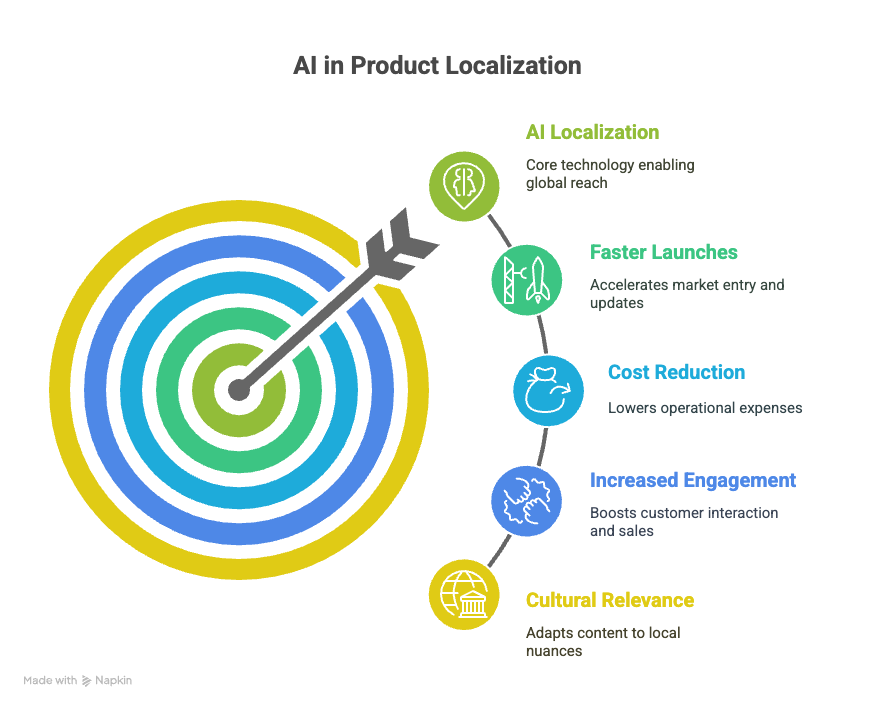
Real-World Success Stories: How Companies Are Using AI for Product Localization
Learn from these real examples to see how AI is transforming localization, speeding up launches, and boosting customer engagement.
Fashion Retailer: Faster, Culturally Relevant Campaigns
Challenge:
Launching seasonal marketing campaigns across multiple countries takes up to several months using traditional methods.
This delays getting trendy products to market and can miss cultural moments.
AI Solution:
They used agentic AI to automatically adapt marketing messages, images, and product descriptions based on local trends, holidays, and cultural nuances.
Results:
- Launched campaigns 3 times faster.
- Saw a 40% increase in regional customer engagement.
- Reduced localization costs by around 35%.
Insight:
Automating content adaptation with AI enables brands to stay timely and relevant across markets without manual delays.
Electronics Manufacturer: Rapid Product Content Updates
Challenge:
Supporting new product features and updates in multiple languages requires large translation teams and long reviews, causing delays in release.
AI Solution:
They implemented AI systems that automatically localized firmware updates, user manuals, and customer support content.
The AI reviewed and updated technical content dynamically based on product changes and regional compliance.
Results:
- Saw product update cycles cut in half.
- Improved customer satisfaction due to quicker, consistent support content.
- Maintained full legal compliance without delays.
Insight:
AI enables continuous, near-instant localization—keeping your support content accurate and current in every market.
E-commerce Platform: Speeding Up International Market Entry
Challenge:
Launching hundreds of products across dozens of countries traditionally took many months, limiting ability to respond to market opportunities.
AI Solution:
They used AI-powered localization to automatically translate, adapt descriptions, price offers, and legal info for new markets.
Results:
- Entered multiple new countries within weeks instead of months.
- Enjoyed a 30% increase in regional sales.
- Lowered costs by reducing manual translation efforts.
Insight:
Automated, AI-driven content localization shrinks launch timelines and helps brands seize fast-moving opportunities.
AI in product localization accelerates your global reach, reduces costs, and makes your content feel natural and relevant for local customers.
Successful companies are already adopting these technologies—are you ready to join them?
Read also: Localization Strategy: Everything You Need to Know
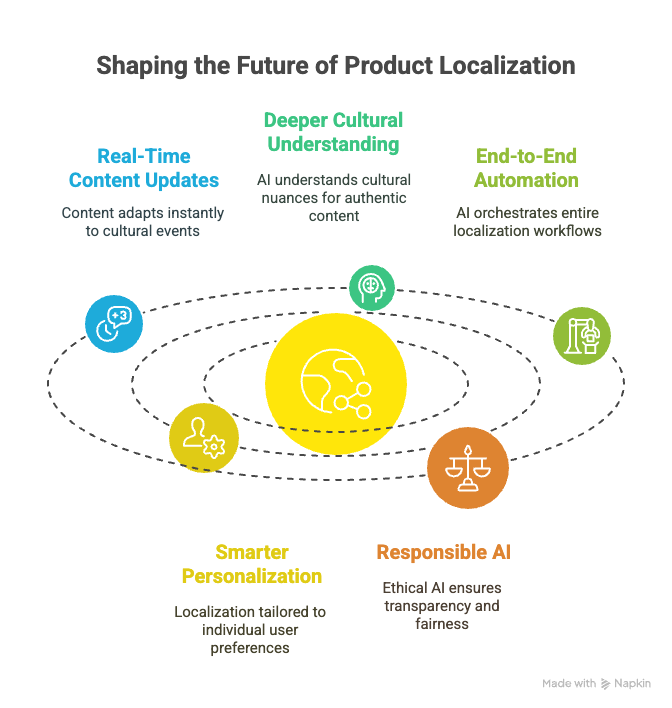
The Future of Product Localization with AI & Agentic AI
Looking ahead, several key trends will shape localization:
1. Real-Time, Always-On Content
Content will automatically update based on social media, trending topics, or customer feedback. For example, if a region experiences a sudden cultural event, your product messaging can instantly adapt.
2. Deeper Cultural Understanding
AI will become more sophisticated at understanding cultural nuances, humor, slang, and societal norms, leading to truly authentic content.
3. End-to-End Automation
Entire localization workflows—from content creation to distribution—will be orchestrated by AI systems that collaborate across departments and platforms, vastly expanding capacity.
4. Smarter Personalization
Localization will be tailored at the user level, offering personalized experiences based on individual preferences, behaviors, and local context.
5. Responsible & Ethical AI
Transparency, fairness, and privacy will be core principles, ensuring AI acts ethically, especially when dealing with sensitive cultural or legal content.
How Your Business Can Prepare
To benefit from this revolution, companies should:
- Invest in data quality: Well-maintained, diverse datasets—translation memories, glossaries, cultural insights.
- Foster cross-team collaboration: Localization teams, AI specialists, and cultural experts working together.
- Start small: Pilot initiatives in select markets, learn, and then scale.
- Prioritize transparency: Use explainable AI, so stakeholders understand decisions.
- Regularly review outputs: Always monitor, audit, and refine AI systems for accuracy and cultural appropriateness.

Why Partner with OneSky?
OneSky is dedicated to helping you harness AI—especially agentic AI—to elevate your product localization efforts.
Our team combines cutting-edge technology with deep cultural and linguistic expertise, enabling your brand to:
- Scale rapidly across multiple markets with continuous, automated updates.
- Maintain high quality and cultural relevance in every piece of content.
- Reduce costs by automating repetitive, time-consuming tasks.
- Respond instantly to changing trends, customer feedback, and market dynamics.
- Ensure compliance with local legal and regulatory standards seamlessly.
How Does OneSky Support Your Localization Journey?
- Advanced AI solutions tailored to your industry and needs.
- Expert cultural advisors to guide AI outputs and final approvals.
- Flexible workflows that integrate with your existing systems (CMS, ERP, CRM).
- Continuous improvement models that learn and adapt over time.
- Deep analytics to measure success, identify gaps, and optimize your localization strategies.
Partnering with OneSky means turning AI from an optional tool into a strategic growth driver—helping you expand smarter, faster, and more confidently than ever before.
Final Thoughts
In today’s connected and competitive world, quick and authentic product localization is essential.
Manual processes are slow, costly, and often inconsistent.
AI—especially agentic AI—is changing the game.
These systems manage the entire localization journey—collecting data, creating content, and updating automatically—while understanding cultural nuances in real time.
The future isn’t just about automation; it’s about systems that are proactive, learning, and delivering tailored experiences at scale.
Your next step?
Harness AI-driven localization with OneSky.
We combine expertise, innovative technology, and global reach to help your products reach markets faster and more effectively.
Contact us today to unlock the full potential of AI-powered product localization and succeed globally.
Frequently Asked Questions (FAQs)
Q1. What is product localization?
Product localization means changing your product—like content, labels, and features—so it works well in different countries.
It makes your product feel natural and relevant to local customers.
Q2. How does AI help with product localization?
AI makes localization faster, cheaper, and more accurate.
It can translate, update, and improve content automatically, so your product can go global quickly.
Q3. What is agentic AI?
Agentic AI is smart AI that can think, decide, and act on its own.
It manages the localization process automatically, keeping content updated and culturally relevant across many markets.
Q4. Why should my company use AI for localization?
Because AI saves time and money.
It helps you launch products faster, keeps content consistent, and makes your products more appealing to local customers.
Q5. Can AI handle complex content like manuals or apps?
Yes!
AI can localize user guides, app screens, ads, and more. It updates content automatically, making sure it’s clear and culturally appropriate.
Q6. How does AI make sure content is accurate and respectful?
AI uses databases of words, phrases, and cultural info to create respectful, correct content.
Humans check and approve critical content to keep quality high.
Q7. What are the main challenges in using AI for localization?
Challenges include data privacy, AI biases, connecting AI to your systems, and internal resistance.
Solutions: secure data, keep datasets diverse, start small, and communicate clearly.
Q8. How do I start using AI for product localization?
Begin with a small project.
Use good data, get cultural experts involved, and measure results like speed or customer happiness. Grow your AI efforts step-by-step.
Q9. What’s coming next for AI and product localization?
AI will soon make it possible to localize content instantly, personally, and authentically.
This means your products will be more relevant and accessible worldwide—faster than ever.
Q10. How can OneSky help with AI in localization?
OneSky offers smart AI tools plus expert advice.
We help your business automate and improve product localization, so you can grow quickly in global markets.

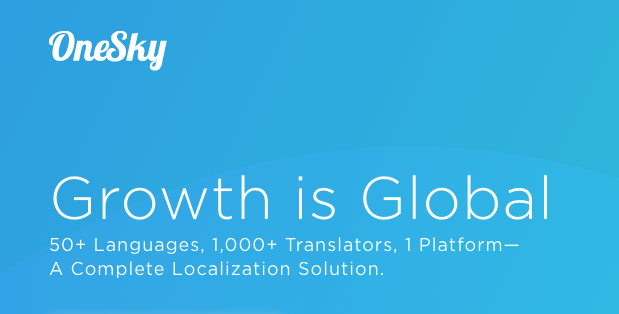
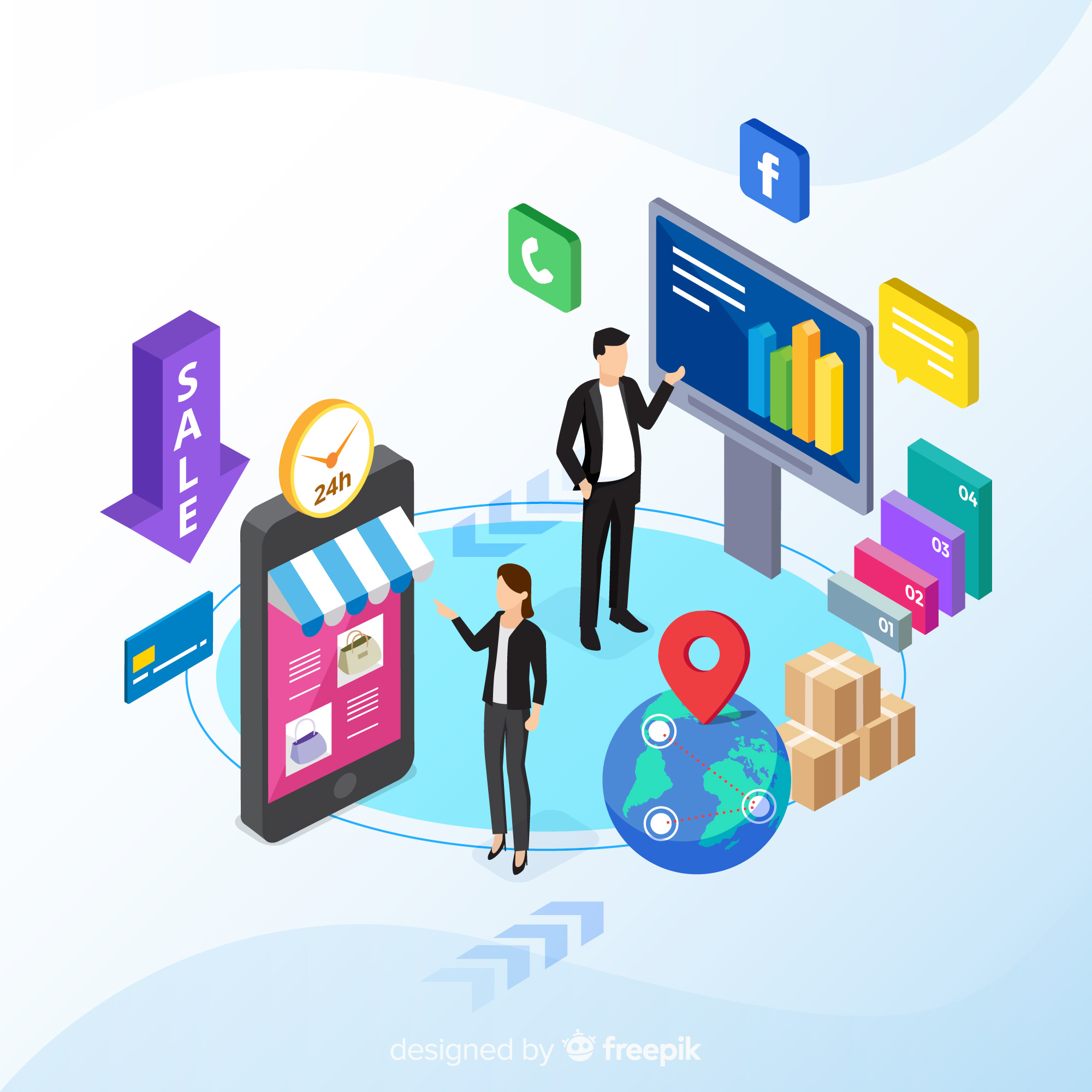

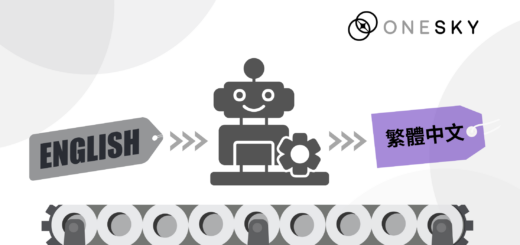
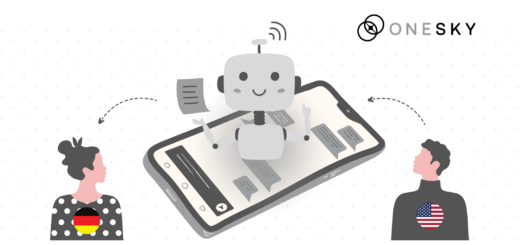
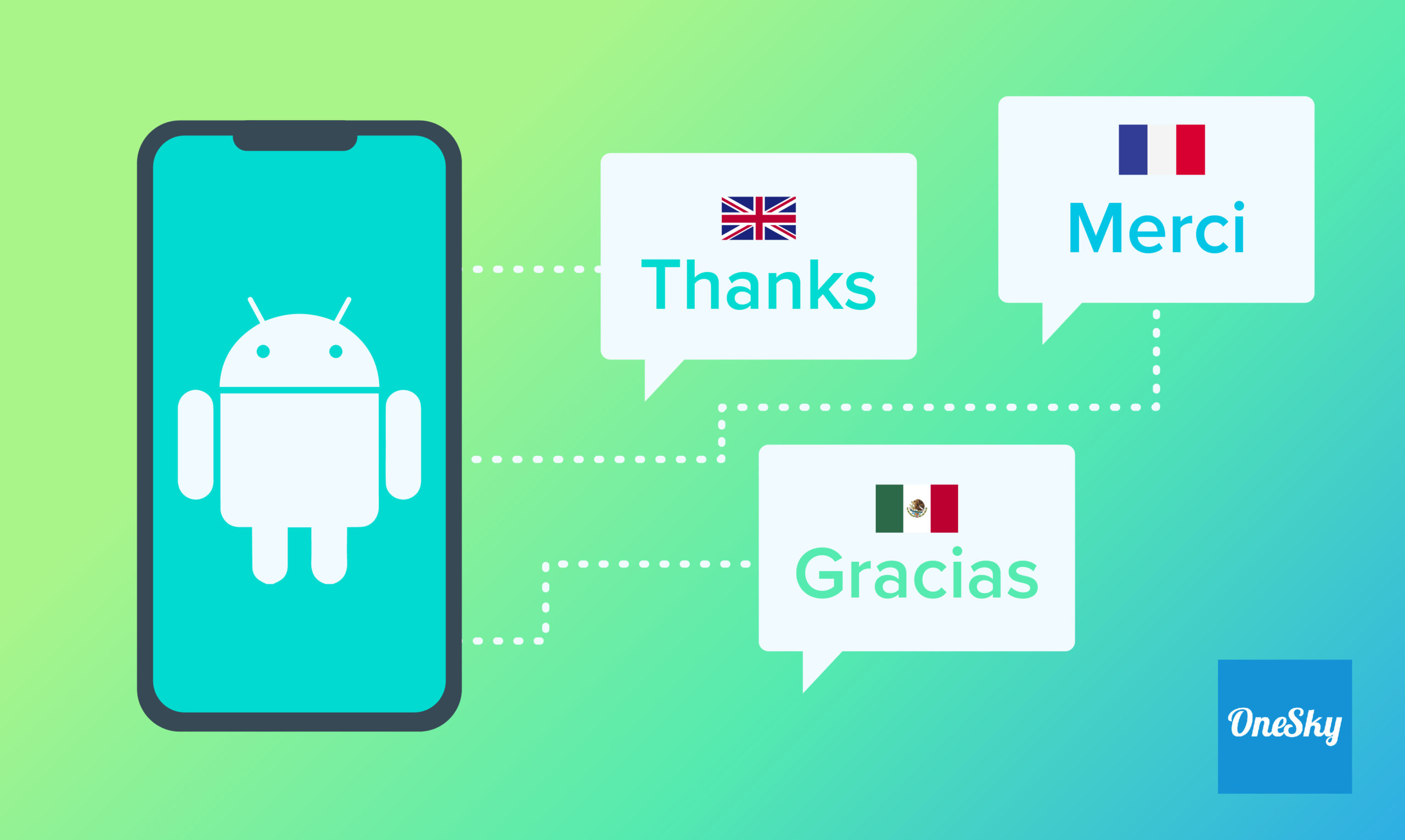
 Written by
Written by 

 Written by
Written by 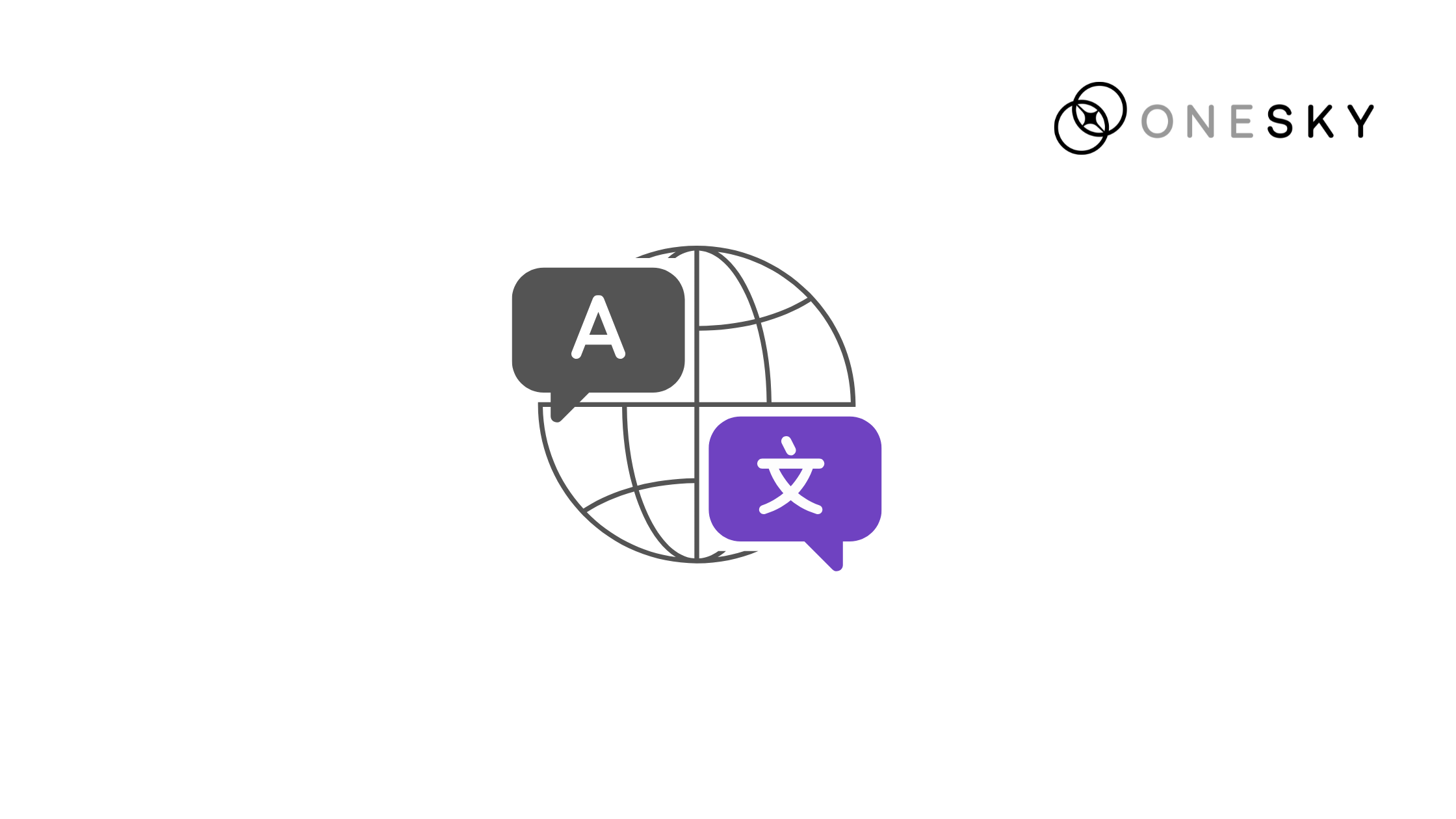
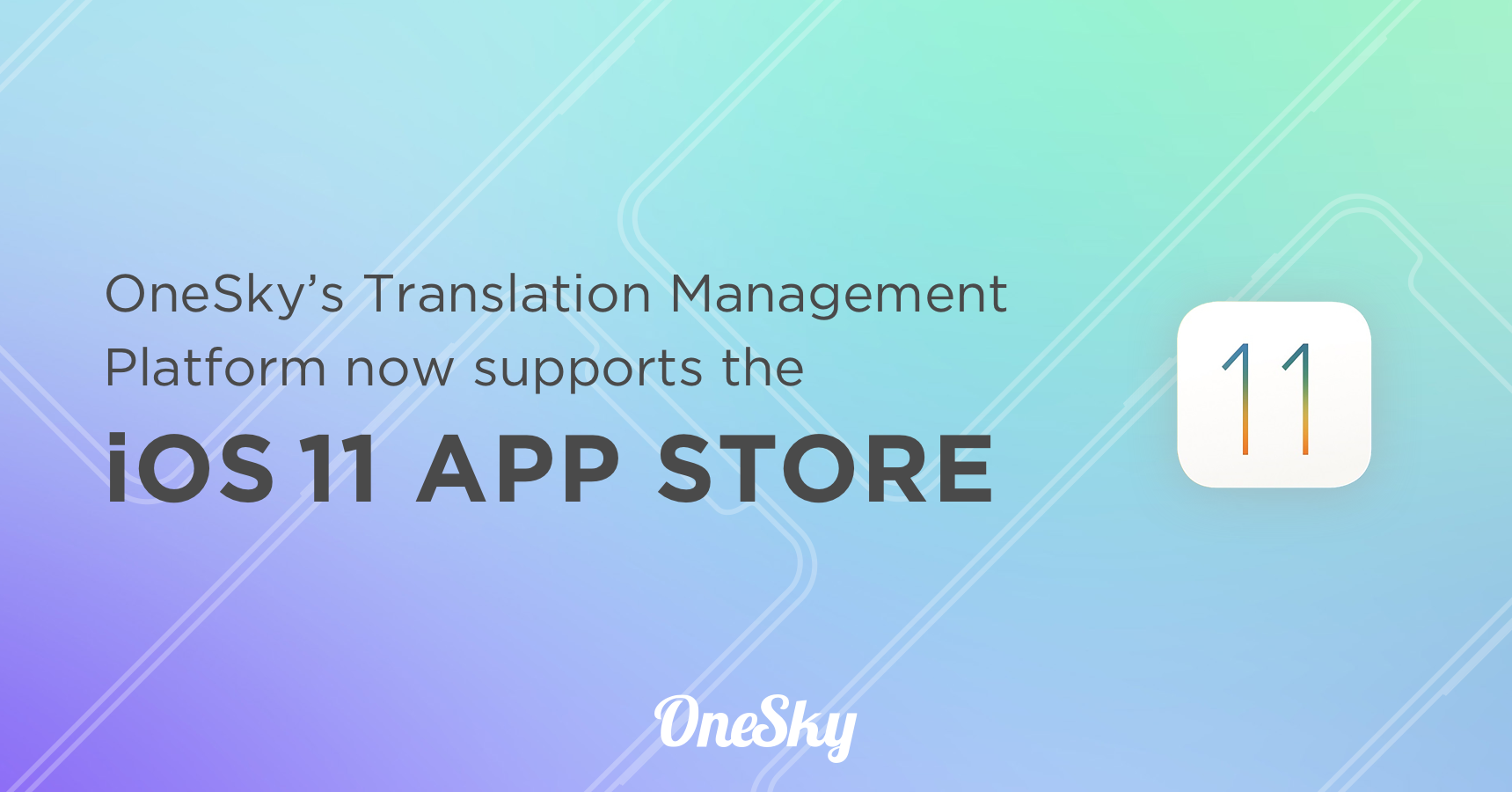
 Written by
Written by 
